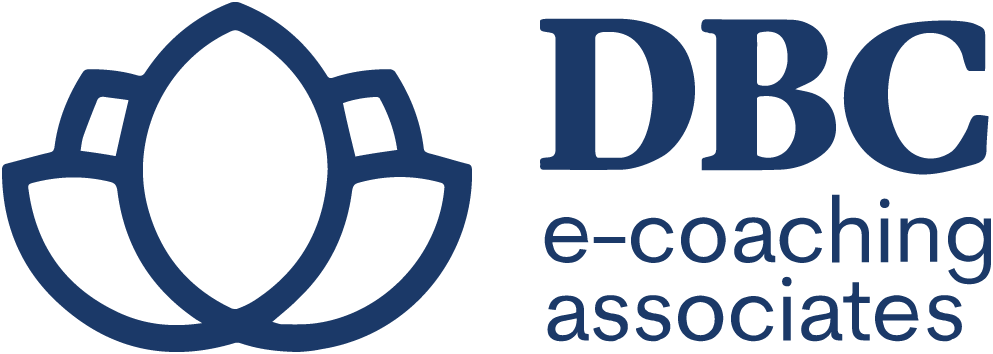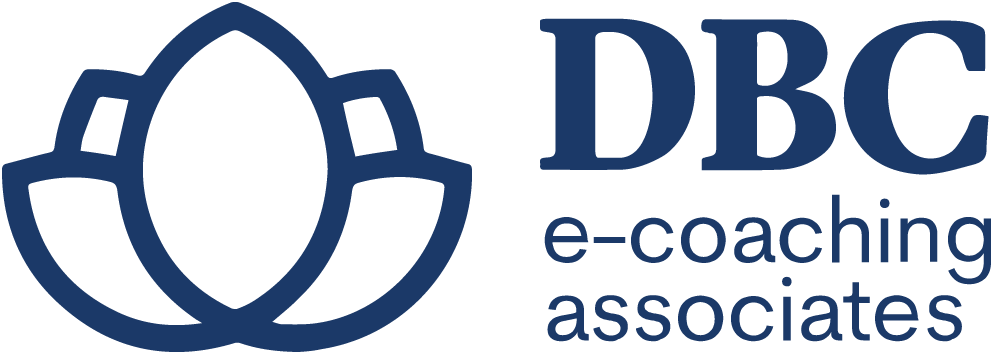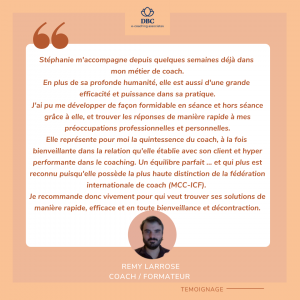In this day and age of e-learning modules, blend learning, massive open online courses (MOOC) and small private online courses (SPOC), it is time to also rethink how we provide coaching and personal support services to professionals working within organizations.
Coaching 3.0 or e-coaching provides an appropriate and efficient response to the market’s demand for flexibility and swiftness, bridging global realities (geographic expansion, multiculturalism, increased pace of time, faster decision making and actions) and local needs (specificity, individuality and proximity).
New contextual needs
The increased use of New Information and Communication Technologies (NICT) by all sectors of society significantly expands possibilities for exchanges, communication, entertainment, training, at all stages of our individual and collective development.This has a considerable impact on our organizations and the way they manage human resources. For example, e-learning has become an indispensable resource, and is adopted more and more easily by beneficiaries. The Educadis survey (conducted in France in January 2015) revealed that 92% of respondentsvalue online training.
The job market also has changing requirements, in response toglobalization and a complex environment. Professionals are required to be increasingly mobile, both internationally and internally. They must constantly adapt to changes in strategyand to new market demands. That is the reason we commonly refer to agile managers. Agility and flexibility have become key words within organizations.
These changes are compounded by the increased speed in communication, decision-making, and operations in all economic and social sectors. Professionals must not only be flexible and agile, but also fast, mobile, and versatile. Although professionals need appropriate coaching, training, and support more than ever, they no longer have the time needed to invest in their professional development and personal well-being. How can we best respond to this paradox?
What coaching 3.0 or e-coaching is not…
Many professional coaches have tried adapting to agilemanagers’ new constraints by offering occasional coaching sessions over the phone or through Skype. This is what we call coaching 2.0. It uses new technologies as a medium for coaching activities. Although it responds to an immediate need, it remains occasional and limited in the options and tools offered to clients, who have many needs, little time, and limited flexibility.Coaching 3.0, or e-coaching, goes further, increasing accessibility to individual and comprehensive support, for all employees, regardless of space and time limitations. It is a new collaboration model!
coaching 3.0 or e-coaching: proactivity, accessibility, flexibility, et efficiency.
But what is the value added of coaching 3.0? How does it differ from coaching 2.0? What makes it so innovative compared to classical coaching?
First of all, the coach gives the client access to a personalized space on an interactive platform, entirely dedicated to his or her personal or professional project. The coach collaborates with the client to customize the personal space according to his or her profile, objectives, and project. This process keeps clients proactive by putting them at the center of their own development.
In this dedicated space, clients have on-going access to their work and to various tools: a video-conference space for weekly or monthly meetings with their personal coach, coaching tools, tests and quizzes that can be completed online, a space to take notes and share observations with the coach in between sessions, links to articles, videos, relevant books to support their progress, as well as e-learning modules conceived as coaching sessions on specific topics, thus making this method extremely accessible and flexible. The clients can meet their coach and communicate with them, continue working with these various tools, and share observations on their progressat any time, from any place. The other advantage of coaching 3.0 is that neither the coach nor client needs to move. Coaches save time and are able to meet clients without having a real office to receive them. Clients also gain time, maintain confidentiality, and most of all, have more flexibility to cancel or reschedule appointments. Last, but not least, the hourly rate is less then traditional coaching, because of the absence of logistical and transportation costs or office rental.
This innovative method of coaching is a win-win approach for both the coach and the client.



